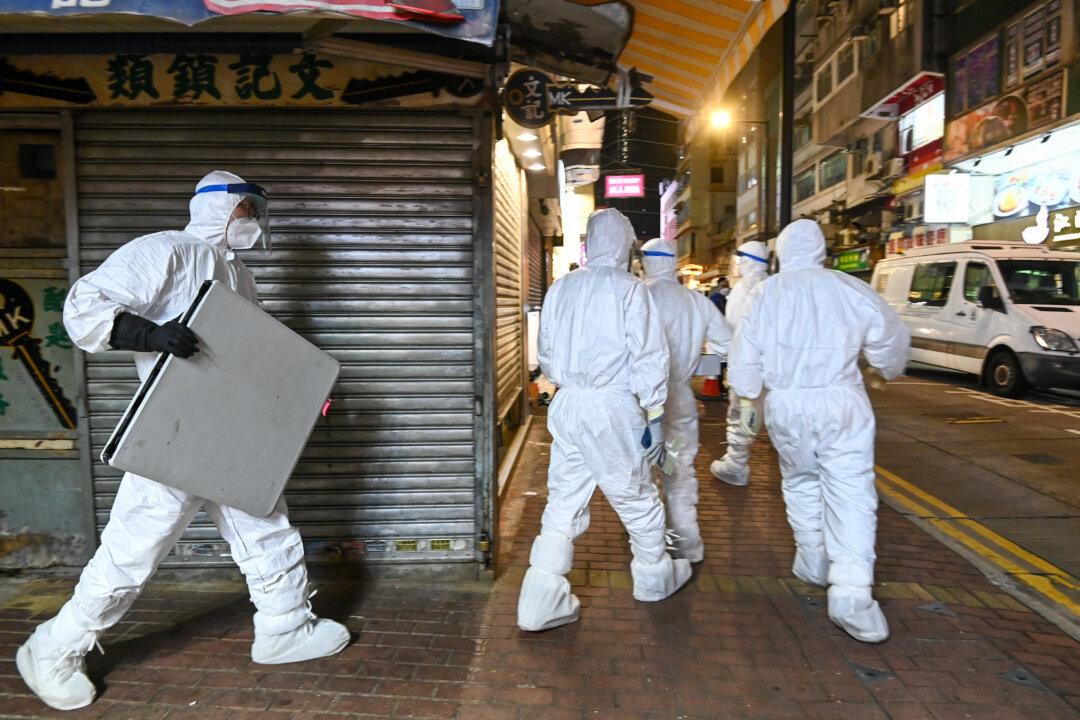Hong Kong officials are killing hamsters by the thousands after declaring the pet rodents responsible for spreading COVID-19. Meanwhile, in China’s mainland, the blame has been put on international mail packaging.
As one of the world’s last major holdouts of a zero-tolerance approach to the virus, China is fanning unusual theories about the source of emerging COVID-19 clusters despite doubts from overseas experts about the likelihood of such claims.





